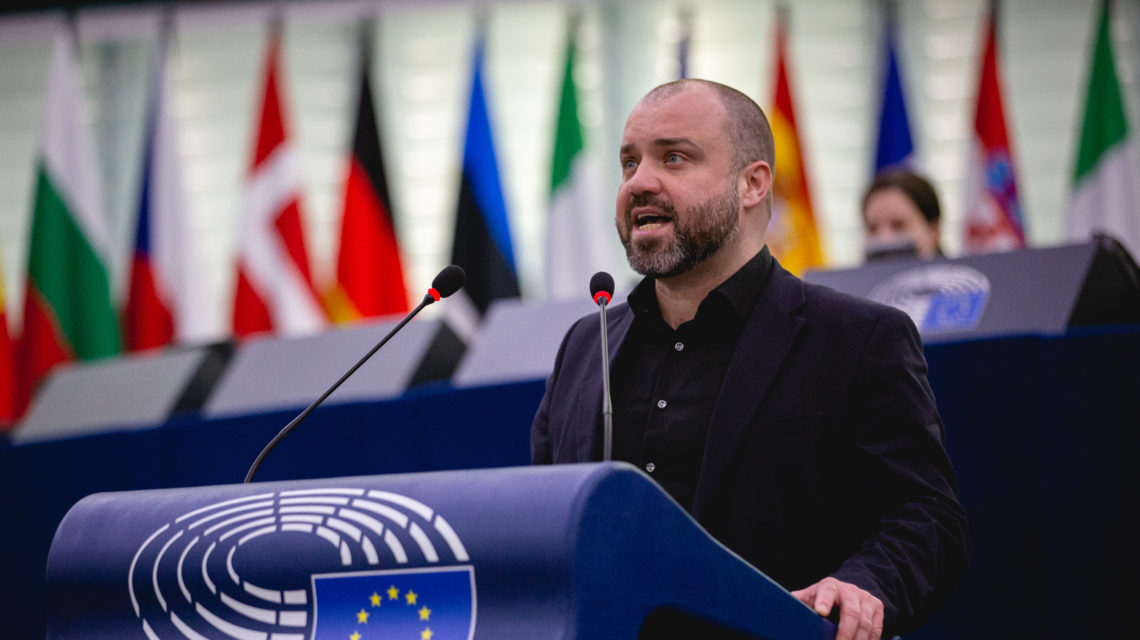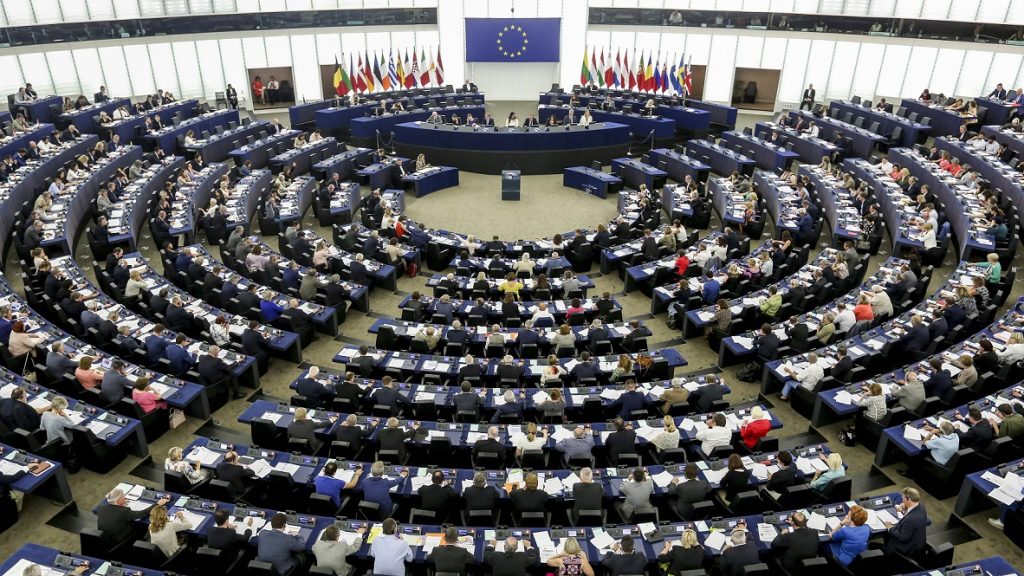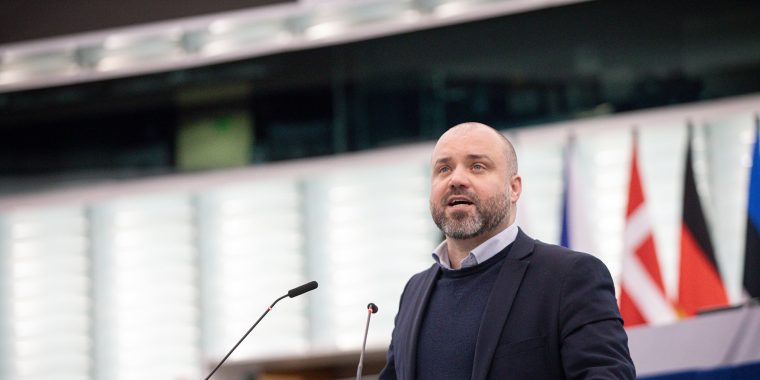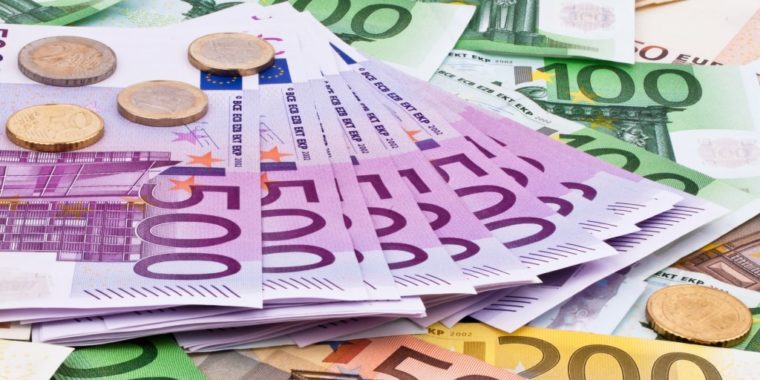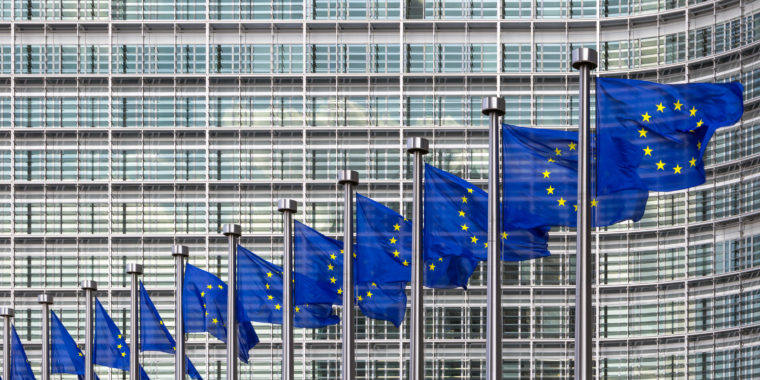A clear victory for millions of employees in the EU and for European occupation health and safety legislation. That’s how Danish Left MEPs Nikolaj Villumsen, who has just concluded a final trilogue agreement with the EU-governments on the proposal on protection against dangerous substances.
After months of intense negotiations, it was possible to conclude a compromise agreement which is primarily based on the EU Parliament’s progressive approach to the subject. When it became clear that an agreement would be reached today, Nikolaj Villumsen said:
I am happy and proud! It has been a tough fight, but we have secured rules that will protect millions of workers across the EU. This is the case for both lead and the until now unregulated and harmful diisocyanates. At the same time, we are expanding the framework for future occupational health and safety legislation in the EU so that it better corresponds to the reality in the workplace. It is hard not to have a smile on your face after that.
Harmful diisocyanates will be regulated for the first time
One of the most important parts of the directive is that a limit value is introduced in the EU for the harmful diisocyanates for the first time. The substances, which are used in the green transition, for example in the production of wind turbines and climate renovations of buildings, damage the airways and can, among other things, cause asthma. According to the EU Commission, at least 4.2 million European workers are exposed to diisocyanates every year. The substances will now be regulated and people at risk of exposure will be entitled to better protection.
Nikolaj Villumsen, who has been leading the work of the European Parliament, is proud of the result:
It is not every day that you can say that you are going to improve the working environment for millions of EU employees, but today we can. More than four million industrial and construction workers can now look forward to limit values and better protection against something we have known for years is harming their health. I dare to call that a great, European, occupational health and safety victory.
Lead: first change since 1982
The directive lowers, for the first time since 1982, the limit value for lead in the EU. The new limit value will be less than a quarter of the highly outdated current value, at the same time it is ensured that only five years must pass before it will be reassessed again:
We know how harmful lead is, yet the EU’s current limit value is older than me, it is grotesque. Not least because we know the use of lead is increasing with the green transition, such as in the production of batteries and in circular recycling. It is crucial that we reduce the threshold value strongly and that we simultaneously ensure that another 40 years will not have to pass before the value is reassessed anew. It is a clear victory for a socially fair green transition, says Nikolaj Villumsen.
Pushing the boundaries of future occupational health and safety policy
In addition to the specific limit values, the European Parliament, under the leadership of Nikolaj Villumsen, has introduced a number of other improvements to the directive, in the form of measures not contained in the Commission’s original proposal, and opposed by EU countries for a long time. This includes:
- Revision of the limit values after five years, to ensure that new scientific knowledge about the effects of dangerous substances is taken into account.
- Ensure that in the work to protect employees against dangerous substances, protection against hormone-disrupting substances is also considered.
- The EU Commission is forced to come up with measures against the so-called “cocktail effect”, i.e. when you are exposed to several harmful substances at the same time.
Regarding the new measures, which will expand the directive both in width and depth, Nikolaj Villumsen says:
It is important that we have succeeded in expanding the framework for the EU’s future occupational health and safety policy so that it better takes into account the actual reality, where employees are often exposed to several dangerous substances at the same time – the so-called cocktail effect – and the huge problem many experience with hormone-disrupting substances. It is something we have had to fight hard for, but it has been worth it, because it ensures a much-needed modernization of the working environment legislation.
Next step
The triogue-agreement must now be revised up by the lawyers, after which it will be sent for formal approval in both the EU Parliament and among the EU’s member states, this is, however, expected to be a formality.
More
For more on the agreement, you can also see:
1. EFE News Agency: La UE acuerda rebajar límites de plomo y diisocianatos para proteger a los trabajadores.
2. European Parliament press release: Protecting workers’ health: new rules for exposure to lead and diisocyanates.
3. La Vanguardia: La UE acuerda rebajar límites de plomo y diisocianatos para proteger a los trabajadores.
4. Agence Europe: Occupational exposure to lead and diisocyanates, European Parliament and EU Council negotiators reach political agreement
